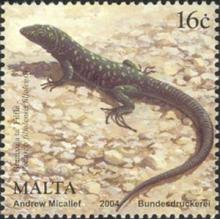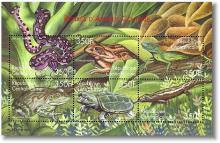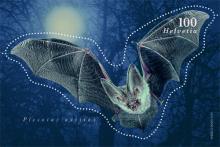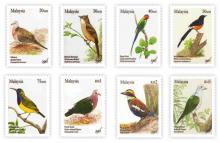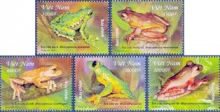Populations of the UK’s most familiar coastal waders have declined markedly in the last ten years
Multitudes of wintering birds on an estuary form one of the most magical wildlife spectacles each winter in the UK, but this scene is changing. Latest data collected by thousands of Wetland Bird Survey (WeBS) volunteers show that populations of the UK’s most familiar coastal waders have declined markedly in the last ten years. Dunlin (Calidris alpina)(-52%), Redshank Tringa totanus (-40%), Ringed Plover (Charadrius hiaticula) (-38%), Oystercatcher (Haematopus ostralegus) (-34%) and Curlew Numenius arquata (-23%) are among the eight most abundant waders on Scottish estuaries in winter, yet the populations of all of them are declining. The annual WeBS report, now published in conjunction with an online interactive interface, makes this information available to anyone with an interest in birds and the environment. The new report, covering the period up to June 2013, highlights worrying trends shown by the eight most abundant waders on UK estuaries, particularly in the most recent ten year period.


